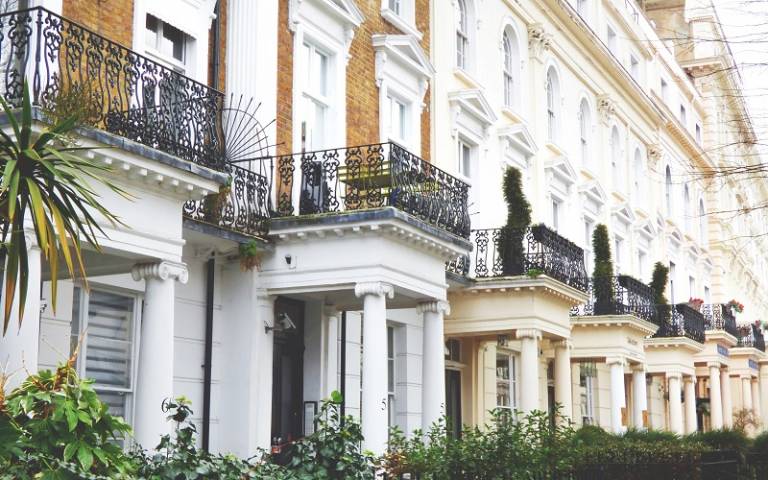Empty homes tax may make housing more affordable
13 February 2019
A tax on empty homes may be more effective than constructing new builds at creating affordable housing according to a study by UCL.

A tax of 1% would raise an additional £1.2bn, equivalent to 11% of the council tax currently collected in areas included in the dataset.
For the paper, published in Palgrave Communications, PhD candidate Jonathan Bourne (UCL Energy Institute) investigated the relationship between the percentage of properties which do not have a permanent resident, known as low-use properties, and housing affordability in different parts of England and Wales.
He collected data from 112 local authorities, representing 32% of all local authorities, covering 40% of the population of England and Wales (23.2m people) and including 340,000 low-use properties.
Bourne also aimed to identify areas that could be responsive to one of two ways of reducing house prices; increasing the supply of housing, or decreasing property demand, for example by introducing an empty homes tax.
“One of the goals of this research was to get an idea of the fraction of the population of England and Wales living in areas where low-use properties are more expensive than homes occupied by full-time residents, which suggests that the most desirable properties are being bought for purposes other than use as a home, for example as investment opportunities or holiday homes,” he explained.
“Some of the most surprising findings were the sheer value and quantity of low-use properties in some areas, amounting to £21bn in the London borough of Kensington and Chelsea alone, and £123bn in the entire dataset.
“We estimate that in England and Wales, 39% to 47% of the population lives in areas where low-use properties are more expensive than permanently-occupied homes.”
Low-use properties were worth £363,000 on average, which is 18.5% more than the average home (£306,000). This was the case for the majority of properties included in the dataset.
A rapid increase in prices relative to earnings between 1997 and 2016 may be due in part to foreign ownership of properties in cities like London or second home ownership by British citizens in rural areas.
“The data shows that low-use properties are very concentrated in small numbers of desirable areas. In such cases, simply building more homes is not going to solve the problem, as the issue is intense competition for property, not a lack of places to live,” Bourne explained.
“An empty homes tax may be more effective, with the potential to generate a not inconsiderable income for local authorities, whilst taxing people who are typically not eligible to vote in local elections, or encouraging them to rent out their properties.”
A tax on low-use properties wouldn’t be evenly distributed, however. “For individual boroughs in London, whilst the City of London would gain an additional £2,100 per resident – equal to 260% of current council tax – the boroughs of Kensington and Chelsea and Barking and Dagenham would raise an additional £2,000 (201% of current council tax), and £3.60 per resident (1% of the current council tax) respectively,” Bourne explained.
The study shows that it is possible to provide a detailed analysis of housing at a local and national level using publicly available data. The method developed here could be implemented for the UK and other countries to help inform housing policy, according to the author.
Links
- Research paper Empty Homes: Mapping the extent and value of low-use domestic property in England and Wales is in Palgrave Communications
- Jonathan Bourne’s academic profile
- UCL Energy Institute
- UCL Bartlett Faculty of the Built Environment
Image
- Source: Pexels. Credit: David Jakab
Source
Media contact
Kate Corry
Tel: +44 (0)20 3108 6995
Email: k.corry [at] ucl.ac.uk
 Close
Close

